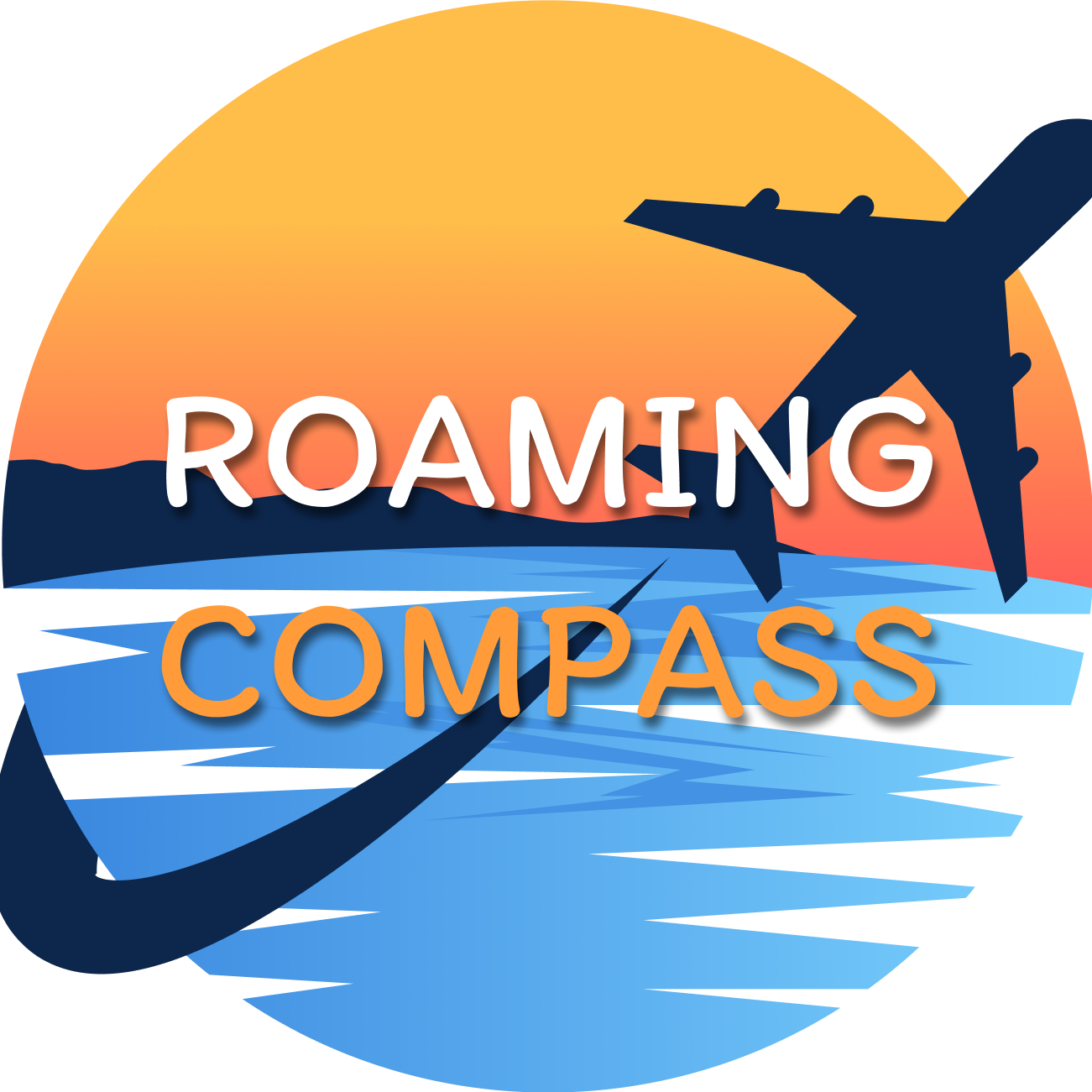Hawaii’s palm-fringed beaches, fiery sunsets, and laid-back aloha vibes have made it a bucket-list escape for decades. But here’s the question I’m asked most: “When’s the best time to visit Hawaii without battling crowds or storms?” While you can technically enjoy the islands year-round (lucky us!), timing your trip right means scoring the perfect combo of sunny skies, affordable prices, and elbow room on those iconic beaches.
Let’s be real—nobody wants to juggle umbrellas between rain showers or fight for parking at Waikiki. That’s why savvy travelers plan around Hawaii’s subtle seasonal shifts. From whale-filled winters to serene fall mornings, I’ll break down what each season offers (and what to avoid), so you can dodge the tourist traps and live your best island life.
Table of Contents
Why Timing Matters for Your Hawaii Trip
Hawaii enjoys warm weather year-round, with average temperatures between 75°F and 85°F (24°C–29°C). However, the islands have two main seasons:
- Dry Season (April–October): Sunny days, less rain, and calmer seas.
- Wet Season (November–March): More rainfall (especially on north/east shores) and bigger waves.
Your choice of when to visit depends on your priorities: budget, crowd levels, weather, or specific activities like surfing or whale watching.
Best Time to Visit Hawaii: A Local’s Month-by-Month Guide
1. April to June – Spring’s Hidden Sweet Spot
What’s the vibe? Think golden sunshine without the summer hustle. April kicks off Hawaii’s “shoulder season” (the sweet spot between peak and off-peak seasons), where you’ll trade winter crowds for quieter beaches and better hotel deals.
- Weather: Days hover around 80°F with light, sporadic rain—perfect for hiking Diamond Head or snorkeling in Hanauma Bay without sweating through your sunscreen.
- Why locals love it: This is when Hawaii feels like its laid-back self. You can snag a last-minute reservation at popular spots like Mama’s Fish House on Maui, and trails like Kauai’s Kalalau aren’t packed.
- Pro tip: Pack a light jacket for cooler evenings, especially if you’re visiting Big Island’s higher elevations.
2. September to October – Fall’s Secret Paradise
The quiet winner: After summer vacationers leave, September brings empty beaches and warm ocean temps (think bathwater!). It’s like having Hawaii to yourself—except for the occasional passing rain shower.
- Weather: Expect mid-80s°F days and calm seas ideal for swimming with turtles at Punalu’u or kayaking Maui’s west coast. Rain is brief and refreshing.
- The catch: Hurricane season technically runs until November, but don’t stress—major storms are rare. Just check forecasts if you’re booking inter-island flights.
- Local hack: Resorts drop prices post-summer, so upgrade to that oceanfront room you’ve been eyeing!
3. December to March – Winter’s Wild Side
Surfers, whale lovers, and sunset chasers—this is your jam. Winter turns Hawaii’s north shores into a playground for pros tackling 30-foot waves at Oahu’s Pipeline. But it’s not just for thrill-seekers:
- Weather: Days dip to a comfy 75°F, with occasional rain (mostly on the east sides of islands). Trade winds keep things fresh.
- Crowds: Yes, it’s busy—especially Christmas to New Year’s—but there’s magic in the air. Locals call it “whale soup season” because humpbacks are everywhere (December–April). Book a Maui whale-watching tour early!
- Budget note: Flights and hotels peak in price. Skip Waikiki if you hate crowds—head to Lanai or Molokai for serenity.
Choosing the Right Season for Your Interests
- Best Time for Budget Travelers: April–June or September–October. You’ll find deals on flights and hotels.
- Best Time for Surfing: Winter (December–March) for north shore waves or summer (July–August) for south shore swells.
- Best Time for Whale Watching: December–April, when humpback whales visit Hawaiian waters.
- Best Time for Hiking: Spring and fall, when trails are less muddy and temperatures are mild.
What to Expect Island-by-Island
While Hawaii’s climate is fairly consistent, microclimates vary by island:
- Oahu (Waikiki, Honolulu): Busiest year-round but great for first-time visitors.
- Maui: Ideal for luxury stays and scenic drives (like the Road to Hana). Winter waves draw surfers to Peʻahi (Jaws).
- Big Island: Visit Hawaii Volcanoes National Park any time, but winter brings cooler mountain temperatures.
- Kauai: Lush and rainy year-round—pack a rain jacket for the Nā Pali Coast.
Tips to Avoid Crowds
- Travel Shoulder Seasons: April–June and September–October.
- Book Early: Reserve accommodations and popular tours (like Pearl Harbor) months in advance for peak seasons.
- Explore Lesser-Known Islands: Molokai and Lanai offer secluded beaches and authentic culture.
Final Thoughts: Plan Around Your Priorities
The best time to visit Hawaii truly depends on what you want to experience. For sunny days and savings, aim for spring or fall. If surfing or whale watching is your goal, winter is worth the crowds. Summer works for families but comes with higher prices.
No matter when you go, Hawaii’s aloha spirit, breathtaking landscapes, and rich culture will leave you spellbound. Start planning your trip—adventure awaits in paradise!
References:
https://en.wikipedia.org/wiki/Polynesian_Cultural_Center
You May Also Like
Best Time to Visit Japan in 2025: Seasons, Cherry Blossoms & Snow Festivals Guide

One thought on “Best Time to Visit Hawaii: A Seasonal Guide for Your Perfect Trip”